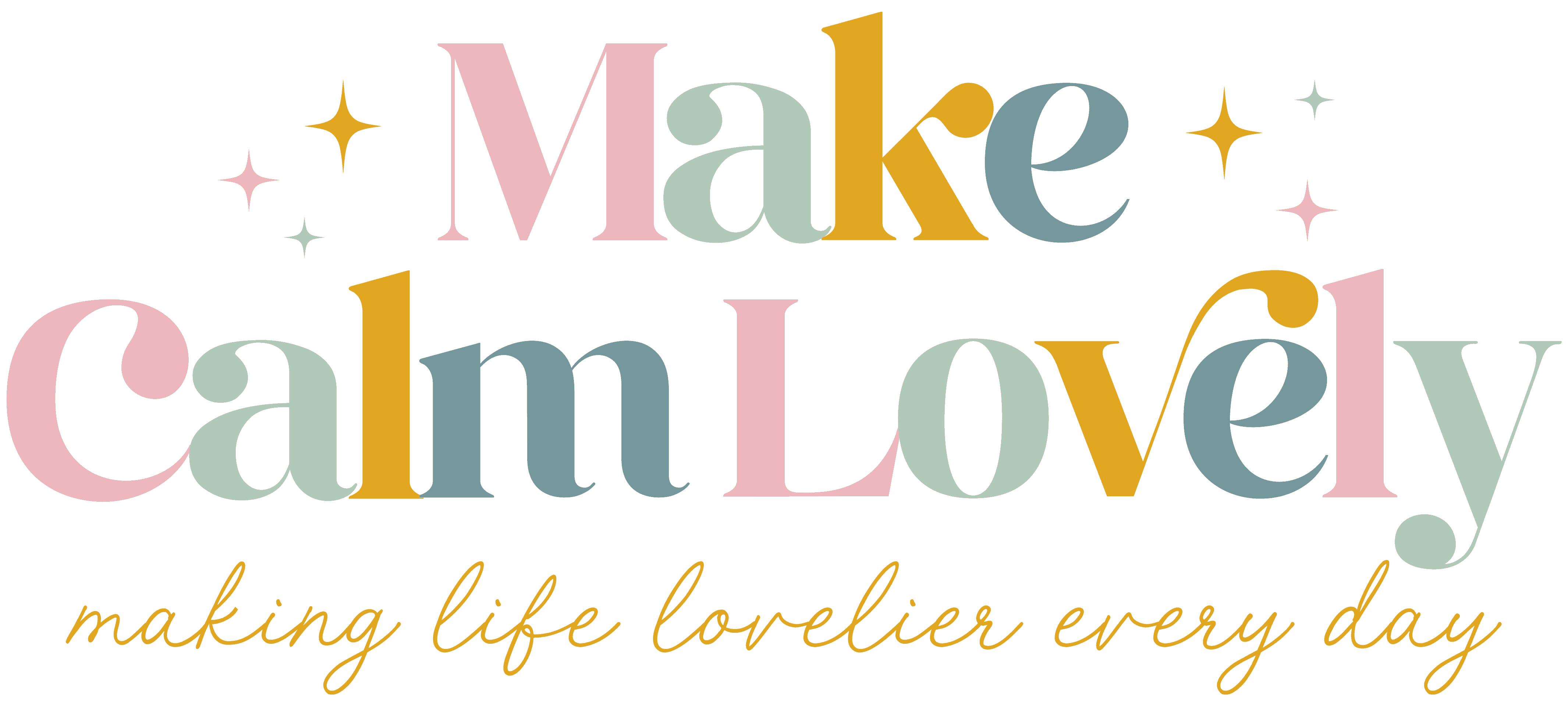This Golden Fleece: A Journey Through Britain’s Knitted History Book Review
Review of This Golden Fleece: A Journey Through Britain’s Knitted History. Enjoy this book if you are a knitter, history buff, or just entire travel writing!
This Golden Fleece: A Journey Through Britain’s Knitted History is a book for knitters, history buffs, and travelers too.
It is a book primarily about Wool and sheep. It is a meditation on the craft and history of knitting, and an exploration of wool’s influence on Britain’s landscape, culture and history.
It is also a book of personal discovery, with the history of knitting and wool told through the lives of the people that the author learns about, as she travels Britain over the course of a year to tell the story of wool’s long history.
The author, Esther Rutter, grew up in Suffolk next to a sheep farm. She learned to knit, spin and weave as a child. Her interest in wool led her to embark on a quest to learn more.
To sit and knit is to perform something that has been done for thousands of years. It has been done in different rooms, climates, places and circumstances. But the act of knitting is the same – knitting yarn on needles to create. To sit and knit is to partake in a craft that is ancient and established.
When you knit you have the knowledge that so many women (and sometimes men too of course) have done exactly the same thing for so long.
How many times have you sat down to knit and contemplated where the word purl for a stitch came from? Or wondered why certain knitted garments were called specific names – Aran jumpers, Fair Isle sweaters, and more? This is what this book can answer for you.
Spotting this book I was interested in reading about the history of wool in Britain. Growing up for part of my childhood in Norfolk in Britain, I was always aware of the wool industry. The village of Worstead in Norfolk gave its name to Worsted yarn, which is known throughout the world.
Worsted is mentioned in this book – described as a smooth, tightly spun yarn. It is mentioned as originating from the tiny Norfolk village of Worstead, which today is just a small scattering of houses.
I grew up with a mother and grandmothers who knitted. They had been taught to knit by their mothers and grandmothers. I was in turn taught to knit by my mother. Knitting seemed to be in the veins of those who came from East Anglia.
But in reading this book it is clear that knitting and wool is in the veins of people up and down the breadth of Britain. From as far north as Scotland, down to the southern county of Cornwall.
Since the Bronze age most of Britain’s wealth has come from sheep fleece. There were already sheep roaming Britain when the Romans arrived. But they brought their own sheep with them. Soon however they found that the wool of British sheep was thick and waterproof, so they bred their own sheep with the native British sheep.
Britons have relied on woollen garments to keep the wind and cold out. Wool is naturally coated in lanolin, which makes its fibres waterpoof and odour absorbing. Wool draws moisture away from the skin, which keeps us warm and dry.
Wool is fleece when raw, and it doesn’t become wool until it is spun. It comes from over 60 different breeds of sheep in Britain alone.
In the Middle Ages British wool fetched the highest prices in the Western world. Britain traded with the continent and export income was one of Britain’s highest incomes from trading wool.
Knitting needles and woolen yarn became mass produced during the 19th century, and knitting boomed in popularity from that time. By the time the spinning jenny was invented, woollen yarn was being produced on an industrial scale.
As Esther travels through Britain, she knits varying pieces that are relative to the different places that she is visiting – socks, gloves, a gansey (which is a traditional fishermen’s jersey – tightly knitted to repel water, which takes the most experienced knitters over 100 hours to knit), stockings, a sleeveless cricket pullover, and even a bikini!
We learn about the Scottish ‘herring’ girls who traveled the length of Britain to work at the fishing ports along the coast. Everywhere the herring girls went, their knitting went too. They knit with worsted wool on the seafronts, when they weren’t gutting herring.
The book also touches on ‘Craftivisim’ which is a mix of crafting and activism, such as the pussy hats that were created en-masse as a woman’s protest.
If you have always wondered about the history of wool, of the origins of knitted garments and types of wool, of the history of those who created certain knitted garments, this book is for you!
Buy This Golden Fleece from Amazon here! (*affiliate link)
Review of This Golden Fleece: A Journey Through Britain’s Knitted History. Enjoy this book if you are a knitter, history buff, or just entire travel writing!

